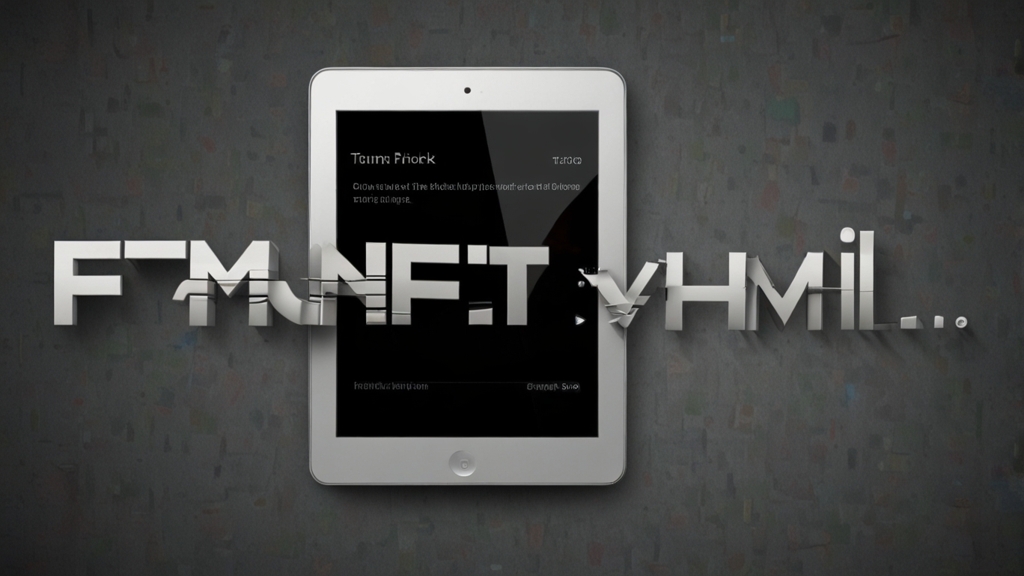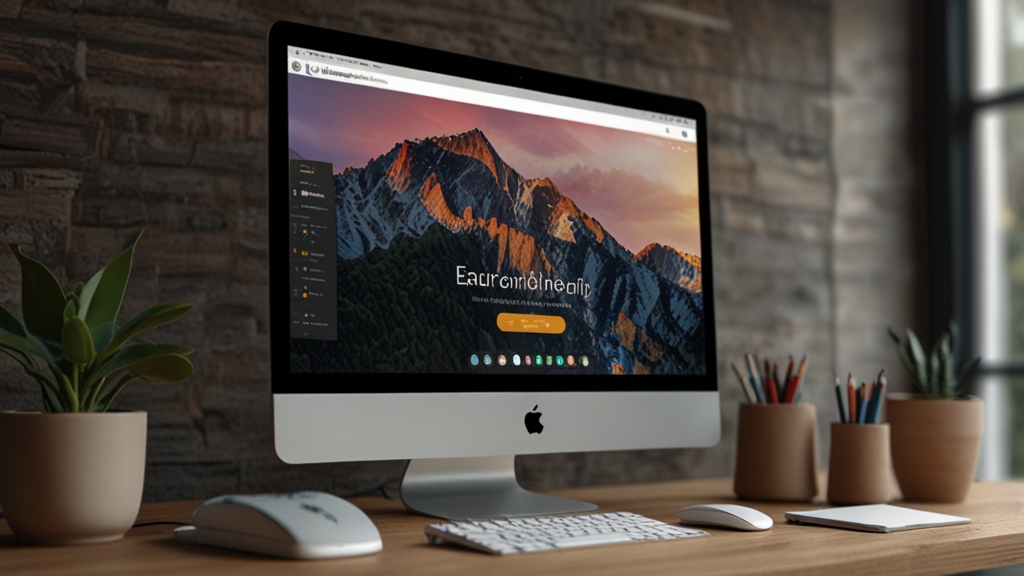6 Educational Tools That Make Learning Accessible for All
In today's diverse educational landscape, accessibility is a crucial consideration to ensure that every student has the opportunity to learn effectively. Technology has played a pivotal role in breaking down barriers and making learning more inclusive. Here are six educational tools that are transforming education and making it accessible for all learners.
1. Read&Write
Read&Write by Texthelp is an incredible tool designed to support students with reading and writing difficulties, including dyslexia. This comprehensive literacy toolbar offers a variety of features such as text-to-speech, word prediction, and a dictionary that helps to improve comprehension and fluency. It also provides tools for annotating PDFs and documents, making it easier for students to interact with their learning materials.
"Read&Write has been a game-changer for my students with learning disabilities. The text-to-speech function helps them understand content better, and the word prediction feature boosts their confidence in writing." - Sarah T., Special Education Teacher
2. Khan Academy
Khan Academy is a free online learning platform that offers a wide range of subjects from mathematics to science and humanities. The platform is tailored to accommodate different learning styles and paces. With its extensive library of interactive exercises and instructional videos, Khan Academy is particularly beneficial for students who require additional support outside the classroom. The platform also provides tools for teachers to track student progress and personalize learning experiences.
"Khan Academy's personalized learning dashboard keeps my students engaged and allows them to progress at their own speed. It's an indispensable resource in my classroom." - Mark L., High School Math Teacher
3. Microsoft Immersive Reader
Microsoft's Immersive Reader is an inclusive tool integrated into various Microsoft products like Word, OneNote, and Teams. It is designed to aid students with reading and comprehension challenges by offering customizable text sizes, spacing, and themes to reduce visual stress. The tool also reads text aloud, translates content into different languages, and breaks words into syllables, making it accessible for a broader range of learners, including those with dyslexia or those learning a new language.
4. Edmodo
Edmodo is a social learning network that connects students, teachers, and parents in a secure environment. It facilitates collaboration and communication, making it easier for teachers to distribute assignments, quizzes, and resources. Students can ask questions and engage in discussions, while parents can monitor academic progress. The accessibility features, such as screen reader compatibility and closed captioning for videos, ensure that all students can participate fully.
5. Google Classroom
Google Classroom is a versatile platform that has revolutionized the way teachers distribute and assess assignments. It's integrated with a host of other Google tools like Google Docs, Slides, and Drive, providing a seamless experience for students. The platform supports accessibility with features such as voice typing, screen readers, and the ability to enlarge text. Additionally, Google Classroom includes accessibility extensions like color enhancers and magnifiers to aid students with visual impairments.
"Google Classroom makes it easy for me to provide individualized feedback and accommodations for my students. The integration with Google Drive means that all their materials are easily accessible and organized." - Lisa M., Middle School English Teacher
6. Quizlet
Quizlet is an interactive tool that allows students to create and study flashcards, games, and quizzes. It supports a variety of learning styles, making it a valuable resource for students with different needs. The platform offers text-to-speech capabilities, enabling auditory learners to hear the content. Additionally, Quizlet's mobile app ensures that students can study on the go, providing flexibility for those who might not have constant access to a computer.
In conclusion, these six educational tools are instrumental in making learning accessible for all students. By leveraging technology, educators can create an inclusive environment that supports the diverse needs of their learners and helps to bridge the gap in education.







